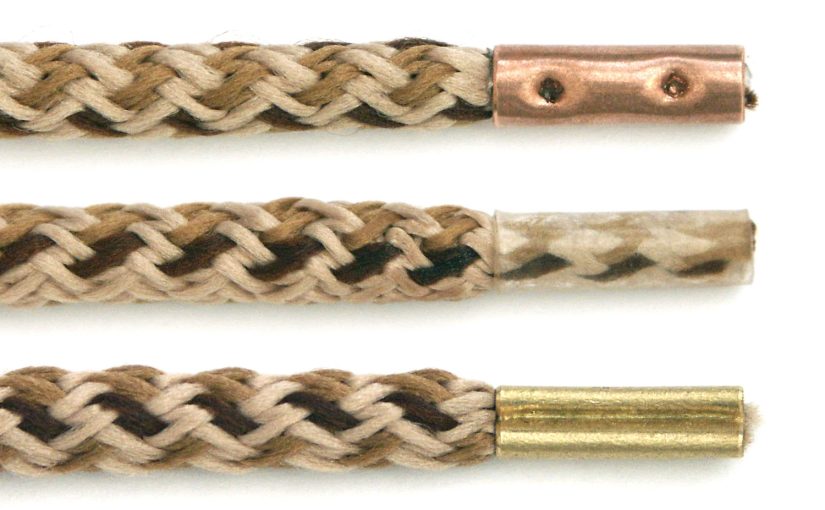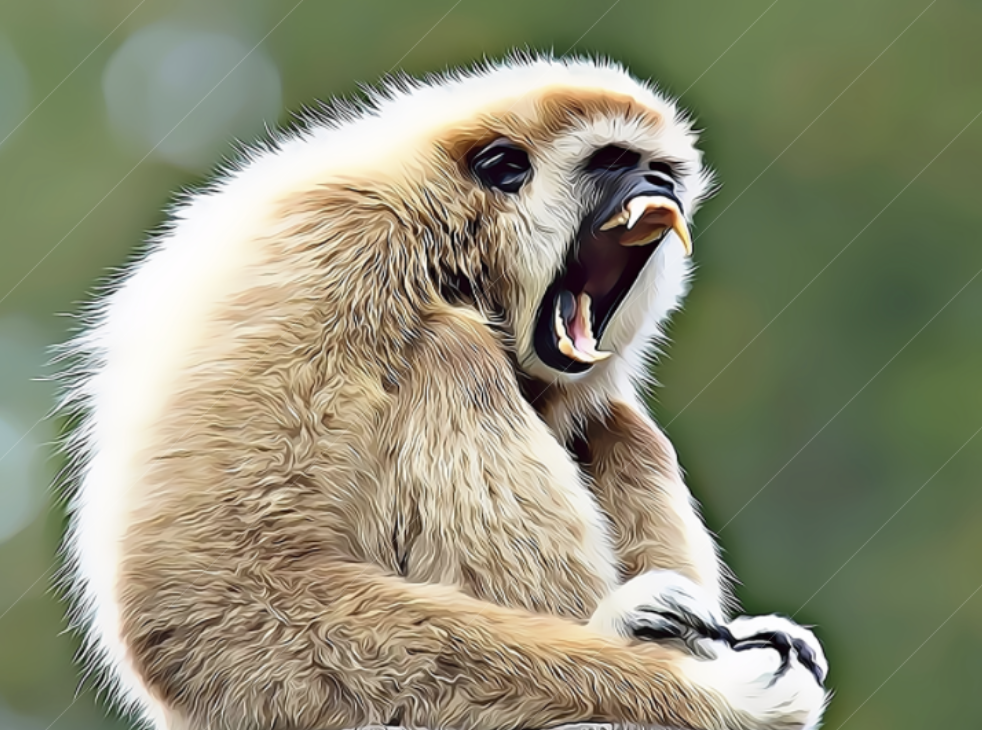Stress. Our life depends on it. The quality of life and the amount of years we will live on Earth is a direct result of the quality and kind of stress we apply to the systems of the human body. We are like a tree. Apply too much stress at one fine point and it will fall over and die. Add just the right amount, applied at random intervals and the tree will grow strong, both above and below the ground.
I imagine most people would not see stress as something beneficial to their life. But it is. Quite beneficial in fact. In reality, most of us living in the Western World have become quite soft if you will simply because we have come to a place in history where we have plenty. We don’t have the right kinds of stress that would provide our bodies with the right kind of stress that would lead to an overall improvement in the human condition.
Yes, we can age more gracefully with the right amount and kind of stress in our life.
We are very rich compared to our great-grandparents that were born just a little over 100 years ago. We not only have plenty, but we also have a variety that they couldn’t have imagined. But along with the variety of nutrient sources we have today, most sources are foods that are processed and lacking in the actual things our bodies need to help us achieve our fullest potential.
And then there are the right kinds of foods that our body needs much more of. Plant-based/whole-foods. In some places, like Los Angeles for example, we have plenty of access to these natural food sources, but the sad reality is that most don’t have access to the variety that mother nature has created for us. And as such we just keep eating the same few things over and over again. Of bananas, apples, oranges, grapes, strawberries, and a handful of leafy greens we have plenty, but we tend to lack diversity. And because of international trade and refrigerated shipping containers, it is dirt cheap to get a narrow selection of produce in plenty all year round. So we are missing out on the benefits of seasonal variety that would be beneficial for our body.
More than 100 years ago there was a lack of not only quantity, but also a variety that led to disorders like scurvy, beriberi, kwashiorkor, pellagra, and goiter. The wrong kind of stress. Today we no longer have the problems like these that were a result of deficiency of nutrients. Today we have too much but not enough diversity of the right stuff and now we suffer from metabolic disease from overconsumption and lack of variety. And then the icing on that cake is that even if we are getting a sufficient amount of calories from the right kind of foods, the lack of variety is oftentimes resulting in food allergies and behavioral disorders related to food and dietary fads. Again, the wrong kind of stress
Our American(Western) lifestyles would benefit greatly from a little adversity and high-quality stress that would produce beneficial results leading to a better overall picture of health and wellness.
Hormesis, Health, Homeostasis, and Aging.
You’ve heard it said, “What doesn’t kill us makes us stronger.” A phrase coined by Friedrich Nietzsche (1844-1900). This is a principle called hormesis. It is what happens when we go to the gym and work out. We stress our body and it responds positively. But that is not the only kind of hormesis. Toxins, or poisons, can also result in a hormetic effect that offers protection and extended longevity of lifespan.
For thousands of years, it has been observed and practiced that low doses of poison could be beneficial to health in the long run. Studies have shown that small amounts of alcohol can double the lifespan of worms(nematodes) as well as enhance the memory of mice. However, high amounts of alcohol in humans result in cardiovascular disease, cirrhosis of the liver, cancer, and neurological disorders. However, there is an overall reduction in mortality, especially of the kinds resulting from coronary heart disease and stroke in those that have small amounts of alcohol.
And apparently, there is a similarly protective effect from cigarette smoking on Parkinson’s disease and may have similar effects on Alzheimer’s dementia. I imagine this has more to do with nicotine which is used as a pesticide in agricultural settings. Remember, low doses of poison can be beneficial. But alas, modern man tends to not practice temperance when it comes to smoking and drinking, which ultimately then makes them both toxic at the levels most will enjoy.
Unfortunately, these two specific hormetics tend to be well overused. But that is another topic for another essay. Nonetheless, hormesis can benefit overall homeostasis resulting in a better quality of aging.
Aging is the condition or process of deteriorating with age and death is the final manifestation of the body’s inability to maintain homeostasis. Homeostasis is the result of the body’s efforts to maintain a stable environment to the benefit of the overall creature(us). A state of ease in contrast to a state of dis-ease. Well, versus unwell. And this is all maintained through a number of different mechanisms, or physiological processes that for the most part go unnoticed as we make our way throughout the day. For the most part, it is an automatic process that takes place, which I imagine is a good thing for us. Especially since our body still needs us to keep breathing, whether we are awake and aware, or not. A feature I definitely appreciate being automated. Some other processes our body automates and regulates are pH, glucose, blood pressure, toxins, and temperature.
What most of us call aging is a shrinking back of the hemodynamic space that is often taken for granted when we are young. We take it for granted in our younger years because our body simply feels and works better. But eventually, sometime around our twenty-fifth year, we begin to feel aches and pains that we didn’t experience in our youth. One might even say it’s all downhill from there. Some make it into their thirties or forty’s before feeling this way, but not without some effort on their part through sober-minded thinking and decision-making processes or by pushing back a little at the gym. This pushing back is called hormesis.
As we get older we start to notice things changing, usually because of what we see in the mirror. An increase in skin blemishes. A thinning out of our hair. Maybe a few gray hairs start showing up. Fingernails and toenails not looking as healthy as they may have at a younger age. And these things are actually good visual indicators of our overall health. They can speak volumes without ever having to use a word as they allow for someone that studies aging to see not only the current state of the body but also what could have led us to that point in our life.
Good health is the result of a body’s ability to maintain homeostasis, but it comes at a cost. A cost that is factored into our current lifespan of 120 years which we are sorely lacking the ability to attain here in the twenty-first century. Likely from a lack of adversity. Maybe it’s time we start being a little harder on ourselves.
We’ve really gotta get this figured out. We are missing out on so much good life. We are literally throwing away the greatest asset of all. Time. And the time we do have really tends to be hindered in the way we age in our latter years.
This is a sad reality that I am going to fix. I’m done aging badly.

